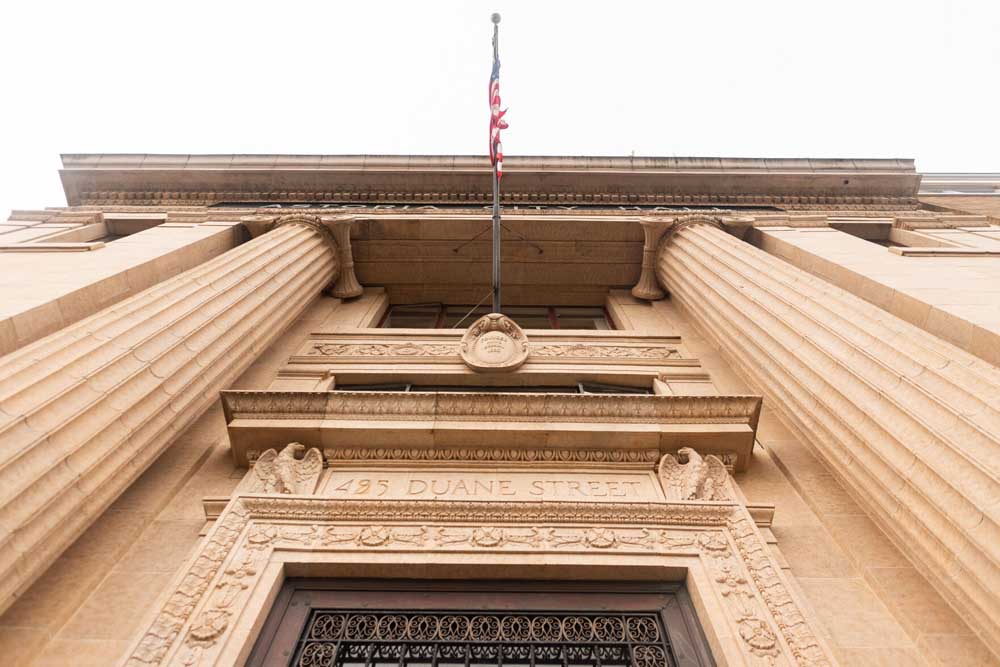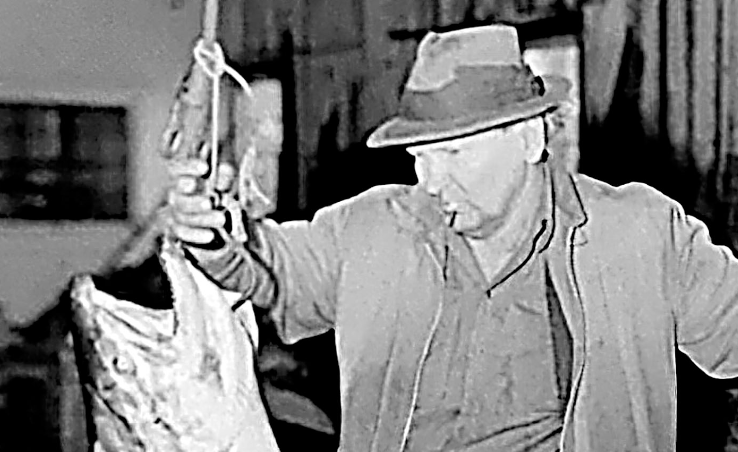Cannon Beach Connection Revealed in 500 Year Gold Doubloon
Published 4:00 pm Monday, January 23, 2012
In the Company of Adventurers
By Robert Lewis Knecht
treasure@cannonbeachtreasure.com
Cannon Beach Connection Revealed in 500 Year Old Gold Doubloon
I have been in and around the treasure and history business for nearly 25 years. In that
time I’ve seen and experienced treasures and adventures where I felt like I was in a Hollywood adventure.
And no matter how often I have seen it, I am always amazed at how history’s intricate
web crosses over and back on itself. In fact, half the fun for April and me in this business is researching and discovering the back story behind the treasures we, or others discover. It is not uncommon for us to spend many hours a week, buried in books or old documents – names, dates, places, they all run together. Sometimes the information gets so boggling to the mind that it can only be relieved by consuming adult
beverages and hanging with Lisa, Vicky, Wizard, Jeremy and Marvin at the Lumber Yard’s Happy Hour.
But somewhere up in the grey matter riding atop our shoulders, these little tidbits get filed. And then, sometimes when we least expect it, we file a new bit of information,and the synaptic nerves fire, one file connects with another, then another, and all of a sudden, the historical web sparkles… and angels sing!
And so it was when we acquired several Spanish doubloons a few months ago. Minted in Seville about 1535, they had been discovered cached in an old wall in Marseille,France.
Of course, when we are writing a Certificate of Authenticity, we ask ourselves: What were Spanish gold coins doing in Marseille at that time? As the story began to reveal itself, an amazing connection unfolded between these coins… and Cannon Beach.
So let me take you on a fascinating journey far from Oregon, back to the Age of Discovery, when the world changed… yet again. You’ll meet Charles V (King of Spain and the Holy Roman Empire), Francis I (King of France), the Barbary pirate Barbarossa,the Genoese admiral Andrea Doria, the Biddle family… and Mathew Perry.
By the way, when you know these folks like we do, you get to be on a first name basis.
This also helps dealing with what can sometimes become a monotonous series of events which seem to run through history, i.e., Frank the First hires Doria to fight Chuck the Fifth, but when Doria gets tired of being dissed by Frank (Frank, being French, did that a lot in those days!), he goes to work for Chuck, and then gives Frank a walloping,etc., etc. Kinda like the Old Testament where so and so begat so and so, who smote so and so, then begat another so and so, who smote some other so and so – WHEW! At
least these days, there’s still “begatting” going on, but not as much smote-ing!
Around 1535, some of the gold for coins in other European countries came from domestic mines, or from Africa, via the Portuguese. The Africans didn’t have much use for the soft, warm gold colored metal. But to the Europeans, it had a mystical power,and it made some of them crazy.
The Africans wanted horses, salt and cloth brought by the Portuguese, and happily traded it for their gold. The gold for Spain’s coins came from the New World, which, by some estimates, was producing 80 percent of the silver, and about 70 percent of the gold used in trade around the world. In fact, it is quite possible that the gold in the 1535 coins came from Francisco Pizarro’s conquest of Peru, when he captured the Inca Emperor, Atahualpa, and ransomed him for a large room filled once with gold, and filled twice with silver. Of course, we all know how that turned out for Atahualpa.
Marseille is the second largest city in France, and was a major trading port on the Mediterranean. Spanish gold coins undoubtedly passed through the port, and apparently someone relieved someone else of some coins,and secreted them in a wall.
So Francis was having troubles with Chuck the V’s admiral, Andrea Doria and his fleet, so he made a deal with the Ottoman Empire and secured the services and fleet of Barbarossa, which stationed themselves off Marseille in 1536 as part of the Franco-Ottoman Alliance which lasted until a short French guy started stomping around in the late 1700s.
Well, in honor of Andrea Doria, several ships have been named after him – “Viva Italia!”
Anyone remember the Italian luxury liner, Andrea Doria? (Incidentally, it sank off New Jersey in 1956 – Hey, I’m a shipwreck historian, I remember these things!) And there were also several Italian warships by that name, and two U.S. warships named Andrew Doria.
The first Andrew Doria was commissioned in 1775, and was one of the first five ships of the Continental Navy. Her first master was Captain Nicholas Biddle. Ahhh… Captain Biddle! PING! Lights flash (metaphorically), bells ring, angles sing. Captain Biddle’s nephew was Commodore James Biddle, who commanded the West Indies Squadron, commissioned to fight pirates in the Caribbean in the 1820s.
As most know, Cannon Beach got its name from the cannons from U.S.S. Shark, which washed on shore at Arch Cape after Shark sank on the Columbia Bar in 1846. Well… drum roll please, Shark was commissioned and joined Biddle’s “Pirate Squadron,” in 1821. Her first master was Lt. Mathew Perry.
Commodore Biddle is credited with opening trade with China and United States in 1845.
(Hey! The trade deficit started with Spain in the 1560s, so don’t blame him.) In 1846 he was sent to open trade with Japan, but failed. In 1853, Commodore Mathew Perry… yep, Shark’s old captain, returned to Japan and forced the country to open to Western trade. And the world was, yet again, forever changed.
I know my friend Doria once walked the streets of Marseille, and he was paid in Spanish gold coins – the exact same kind of coin I now hold in my hand. And every now and then I wonder, if that coin could talk, what a story it would tell….






